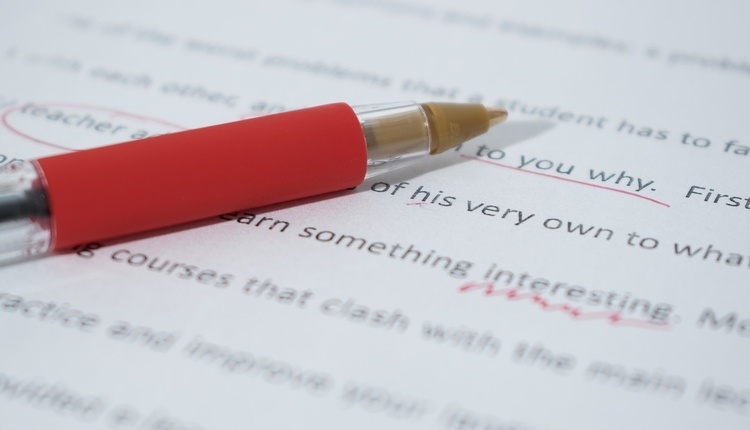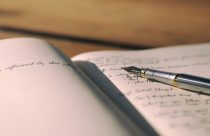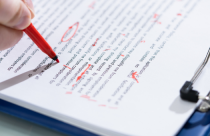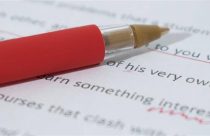The Importance of Editing and Proofreading Before Manuscript Submission

I know it is frustrating to receive negative feedback on your manuscript. However, your supervisor is right about how the grammatical errors hurt your writing. Therefore, you need to improve your editing and proofreading skills. If this is not done, these errors can have a severe negative impact on your work.
Editing and Proofreading is Essential
Editing and proofreading are essential parts of the writing process. They help with the effectiveness of your writing style and the clarity of your ideas. Often, students and writers think that they are similar, but there are apparent differences between the two. Editing requires you reread your draft to check for more significant issues, including organization, paragraph structure, and content. However, when you proofread, you are focusing on finding and correcting errors in writing, grammar, and language. To begin with, you can inspect your supervisor’s comments. This will help you recognize what to look for as you start the process. You can also run grammar and language checks on your manuscript using a powerful writing assistant like Trinka. It is an AI-powered tool that performs advanced grammar checks, provides tone and style enhancements, corrects the inconsistency, redundancy in writing, spelling, punctuation errors, and more. As a result, you can improve the quality of your writing with Trinka and save a lot of editing time.
The Editing Process
Editing is a big task, but it is a skill that you need to learn. There are many aspects to developing this skill, but the points below offer an excellent place to start.
- Organization
- A clear introduction and conclusion are needed.
- Paragraph Structure
- You need to include clear transitions between paragraphs.
- Each paragraph needs a topic sentence to introduce its central idea.
- Main Idea
- A clear, focused thesis statement is needed.
- The main ideas need to be supported by clear evidence.
- Clarity
- Providing definitions and evidence when needed can improve the clarity of your manuscript and ideas.
- Look for the repetition of words, sentence structure, and the correct use of technical terms.
The Proofreading Process
After you edit your paper, proofreading it with a more focused eye will help you find errors and make the necessary revisions to improve the manuscript. Like editing, proofreading requires a systematic approach.
- Take your time.
- If you think you will find all errors on the first read, you are mistaken.
- Reading the manuscript out loud can help slow down the process and increase your focus.
- Divide the Manuscript into Sections
- This will increase your focus and decrease the overwhelming feeling of tackling the entire manuscript in one read.
- Highlight Common Errors.
- This helps with current and future writing assignments. The more familiar you are with your mistakes, the easier it will be to avoid them in the future.
Other Areas to Focus On
As I have already told you, editing and proofreading helps you become an overall better writer. This will also help you with your use of language and writing style. For example, in a thesis, you want to make sure that you use a formal tone. Avoid using the passive voice, including phrases like “I feel” or “I think.”
One area that is also overlooked in a manuscript is the use of tables and figures to present your research findings. This is especially important in scientific writing because tables and figures are essential in giving the reader a chance to interpret and visualize data.
Tables
Tables are used for the reader to understand the data without referring to the text. You want to make sure that your tables include the following:
- A clear title.
- Clear column headings.
- A defined body of data.
- A key/legend and footnotes or references when necessary.
Figures
Figures present data in a visual format: photos, charts, graphs, diagrams, etc. They give the reader a chance to visualize information that might not be clear in the text. Like tables, figures need to identify the data they convey clearly.
- Captions or titles are needed to introduce the topic.
- Figures should be numbered for easy identification and reference.
- Choose images that are clear and easy to view.
I know this is a lot of information. Fortunately, there are a lot of resources that can help you with this process. For example, Enago offers resources to help you become a better writer and to learn about common grammar issues. For using tables and figures in academic writing. In addition, Enago offers Editing and proofreading services for the authors who find this task overwhelming.
What are your experiences with editing and proofreading? Which was the biggest challenge during this process? Please share in the comments section below










Editing is important because you cloud of made a error or a typo and it would make you look unprofessional.